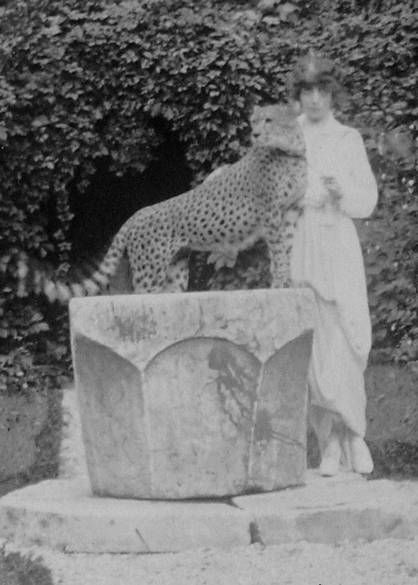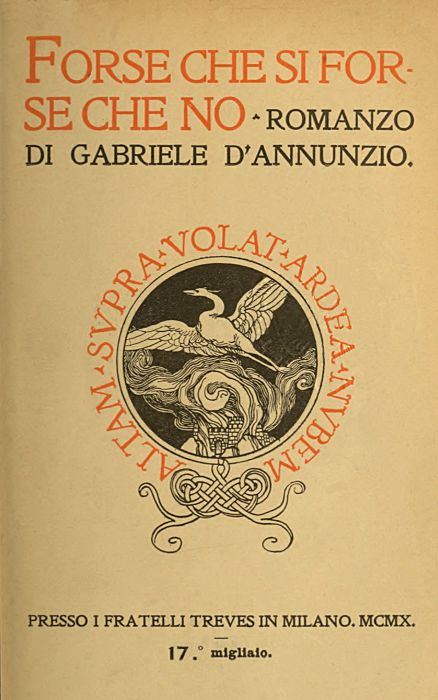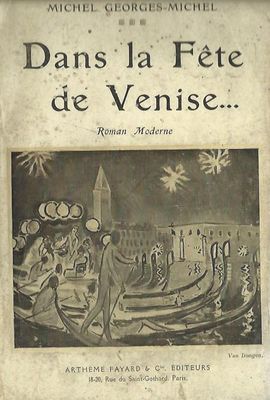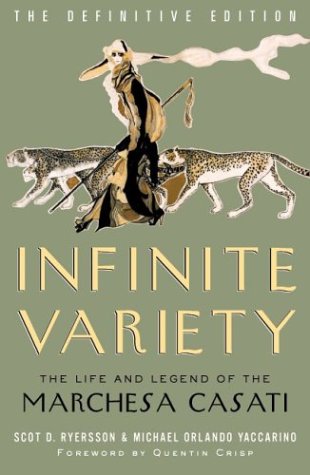Luisa Casati - Muses & the Beau Monde
- Lilium

- Jun 30, 2021
- 4 min read
Updated: Jul 7, 2021

Luisa, Marchesa Casati Stampa di Soncino, born Luisa Adele Rosa Maria Amman; 23 January 1881, was an Italian heiress, muse, and patroness of the arts in early 20th-century Europe.
Luisa was born in Milan, the younger of two daughters of Alberto Amman and his wife Lucia (née Bressi). Her father was a prosperous textile manufacturer, born in 1847 to Austrian parents from Göfis in Vorarlberg, and her mother was born in 1857 Vienna to an Italian father and Austrian mother. At the time of her parents' births, Milan and much of northern Italy belonged to the Austrian Empire. Her father was made a count by King Umberto I. Her mother died when Luisa was 13, and her father died two years later, making Luisa and her older sister, Francesca reportedly the wealthiest women in Italy.
In 1900, she married Camillo, Marquess Casati Stampa di Soncino. The couple's only child, Cristina Casati Stampa di Soncino, was born the following year. The Casatis maintained separate residences for the duration of their marriage. They were legally separated in 1914. They remained married until his death in 1946.
Casati was known for her eccentricities that delighted European society for nearly three decades. The beautiful and extravagant hostess to the Ballets Russes was something of a legend among her contemporaries. She astonished society by parading with a pair of leashed cheetahs and wearing live snakes as jewellery.
She captivated artists and literary figures such as Robert de Montesquiou, Romain de Tirtoff (Erté), Jean Cocteau, and Cecil Beaton. She had a long term affair with the author Gabriele d'Annunzio, who is said to have based on her the character of Isabella Inghirami in Forse che si forse che no (Maybe yes, maybe no) (1910). The character of La Casinelle, who appeared in two novels by Michel Georges-Michel, Dans la fete de Venise (1922) and Nouvelle Riviera (1924), were also said to be inspired by her.

In 1910, Casati took up residence at the Palazzo Venier dei Leoni, on Grand Canal in Venice, owning it until around 1924. Casati's soirées there would become legendary. Casati collected a menagerie of exotic animals, and patronised fashion designers such as Fortuny and Poiret.
From 1919 to 1920 she lived at Villa San Michele in Capri, the tenant of the unwilling Axel Munthe. During her time on the Italian island her villa became home to a wide collection of artists, gay men, and lesbians in exile, was described by British author Compton Mackenzie in his diaries.
Numerous portraits were photographed, painted and sculpted by artists as various as Giovanni Boldini, Paolo Troubetzkoy, Adolph de Meyer, Romaine Brooks (with whom she had an affair), Kees van Dongen, and Man Ray; many of them she is said to have paid for as a wish to "commission her own immortality".

She was muse to Italian Futurists such as F. T. Marinetti (who regarded her as a Futurist) Fortunato Depero, Giacomo Balla (who created the portrait-sculpture Marchesa Casati with Moving Eyes), and Umberto Boccioni. Augustus John's portrait of her is one of the most popular paintings at the Art Gallery of Ontario; Jack Kerouac is said to have wrote poems about it and Robert Fulford was apparently impressed by it as a schoolboy.
By 1930, Casati had amassed a personal debt of $25 million. As she was unable to pay her creditors, her personal possessions were auctioned off. Designer Coco Chanel was reportedly one of the bidders.

Casati fled to London, where she lived in comparative poverty in a one-room flat .On 1 June 1957, Casati died of a stroke at her last residence, 32 Beaufort Gardens in Knightsbridge, aged 76. Following a Requiem Mass at Brompton Oratory, the Marchesa was interred in Brompton Cemetery. She was buried wearing her black and leopard skin finery and a pair of false eyelashes. She was also interred with one of her beloved stuffed pekinese dogs.
Her tombstone is a small grave marker in the shape of an urn draped in cloth with a swag of flowers to the front. The inscription on the tombstone, which misspells her "Louisa" rather than "Luisa", is inscribed with the quote, "Age cannot wither her, nor custom stale her infinite variety", from Shakespeare's Antony and Cleopatra.
Casati has continued to inspire throughout the decades. In 1998, John Galliano based his spring/summer Christian Dior collection on her. Gowns from this collection have been displayed at the Metropolitan Museum of Art Fashion Institute. Casati served as inspiration for another of Galliano's ensembles created for his autumn/winter 2007/2008 Bal des Artistes haute couture collection for Dior. Designer Alexander McQueen's spring/summer 2007 collection was inspired by her. Casati is also the namesake of the Marchesa fashion house started by British designers Georgina Chapman and Keren Craig. In May 2009, Karl Lagerfeld debuted his 2010 Cruise-wear collection on the Lido in Venice, for which Casati was once again a major muse. In February 2016, London based designer Omar Mansoor mused his autumn winter collection on Casati at London Fashion Week and Paris Fashion Week.
Casati has also touched the realms of music and film. Characters based on her were played by Vivien Leigh in the play, La Contessa (1965) and by Ingrid Bergman in the movie, A Matter of Time (1976). In 2020, Italian rapper Achille Lauro dressed as Casati for his performance at the most important musical competition in Italy, the Sanremo Music Festival. On 21 March 2020 the opera “Ritratto“ premiered with the Dutch National Opera: an opera by Willem Jeths on the life of Luisa Casati.
Reading Recommendations & Content Considerations
The Life and Legend of the Marchesa Casati Portraits of a Muse
both by
Scot. D. Ryersson & Michael Orlando Yaccarino




























































































































































Comments